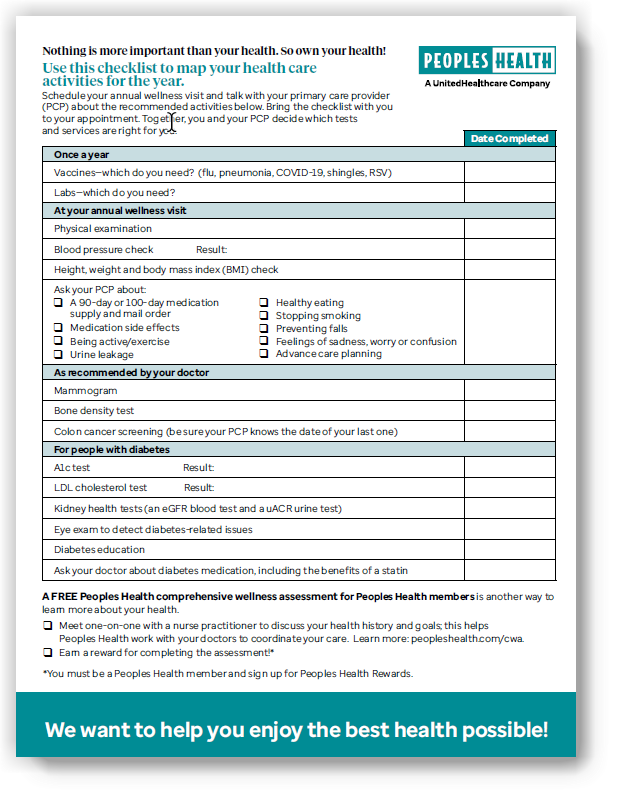


Advance care planning is “life” care planning, because it’s simply thinking about and preparing for a part of your life. Planning is best when it starts while you’re well. That’s when you can think clearly about the things you value and the types of care you want or don’t want if you were to have a health crisis.
The following are common terms and procedures you might see on advance directive documents or hear your doctor use during advance care planning discussions. Knowing what they mean can help you create a plan that’s best for you.
Advance Care Planning Documents
Advance directives
These are how you express your wishes for medical care. They are written instructions to make sure your decisions, including your right to refuse treatment, are understood and followed by your doctors and family. There are two main types: a health care power of attorney and a living will. You can change the instructions in your advance directives at any time.
Health care (or medical) power of attorney
You use this to name someone to make medical decisions for you. The person you name is sometimes called your health care proxy or agent.
Living will
Also called a declaration, you use this to state the medical care you would or would not like to have in the event you become physically or mentally unable to communicate.
Medical Terms
Artificially administered nutrition and fluids
If you are unable to eat or drink well enough to keep your body working, your doctors may give you nutrition and fluids through your veins or through a feeding tube in your stomach.
Cardiac arrest
This is when your heart suddenly stops.
CPR (cardiopulmonary resuscitation)
If your heart stops beating, you have no pulse and you are not breathing, doctors may use CPR to revive you (“bring you back”). It’s a series of steps, including compressions to your chest to try to get your heart pumping again.
Comfort care or comfort-focused treatment
You can choose to receive medical care only to relieve your pain and symptoms instead of receiving life-prolonging procedures or treatment.
Do not resuscitate (DNR)
This is a legal order that you may have your doctors include in your medical record. It states that if your heart stops or you stop breathing, you do not want doctors to try and revive you by any means, including with CPR. It’s sometimes referred to as “allow natural death.”
Feeding tube
If you are unable to eat, your doctors may use this to give you nutrition. It is put into your stomach through your nose or through an opening in your abdomen.
Intravenous (IV)
Medication or fluids may be given to you intravenously, meaning through your veins. This is the fastest way doctors can get medication and fluids throughout your body.
Life-sustaining procedures or treatment
You can choose to have life-sustaining (or life-support) procedures or treatment. This means you want all available medical care, sometimes called “full treatment,” to address your condition. This may include intensive care.
Respiratory arrest
This is when your lungs fail and you stop breathing.
Selective-focused treatment
You can also choose to limit the amount of medical interventions you want. You may choose to have some life-sustaining procedures and treatment, but not others, or have some only for a certain amount of time. This type of treatment typically may not include intensive care.
Supportive care or palliative care
This kind of care helps you manage the symptoms of a serious illness, at any stage of your illness, by connecting you with services that support your health goals and the care you get from your doctors. It is not the same as hospice care.
Ventilator
This machine can help you breathe or breathe for you if you are unable to. It moves air in and out of your lungs when you are connected to it with a tube inserted into your mouth, down into your lungs.









